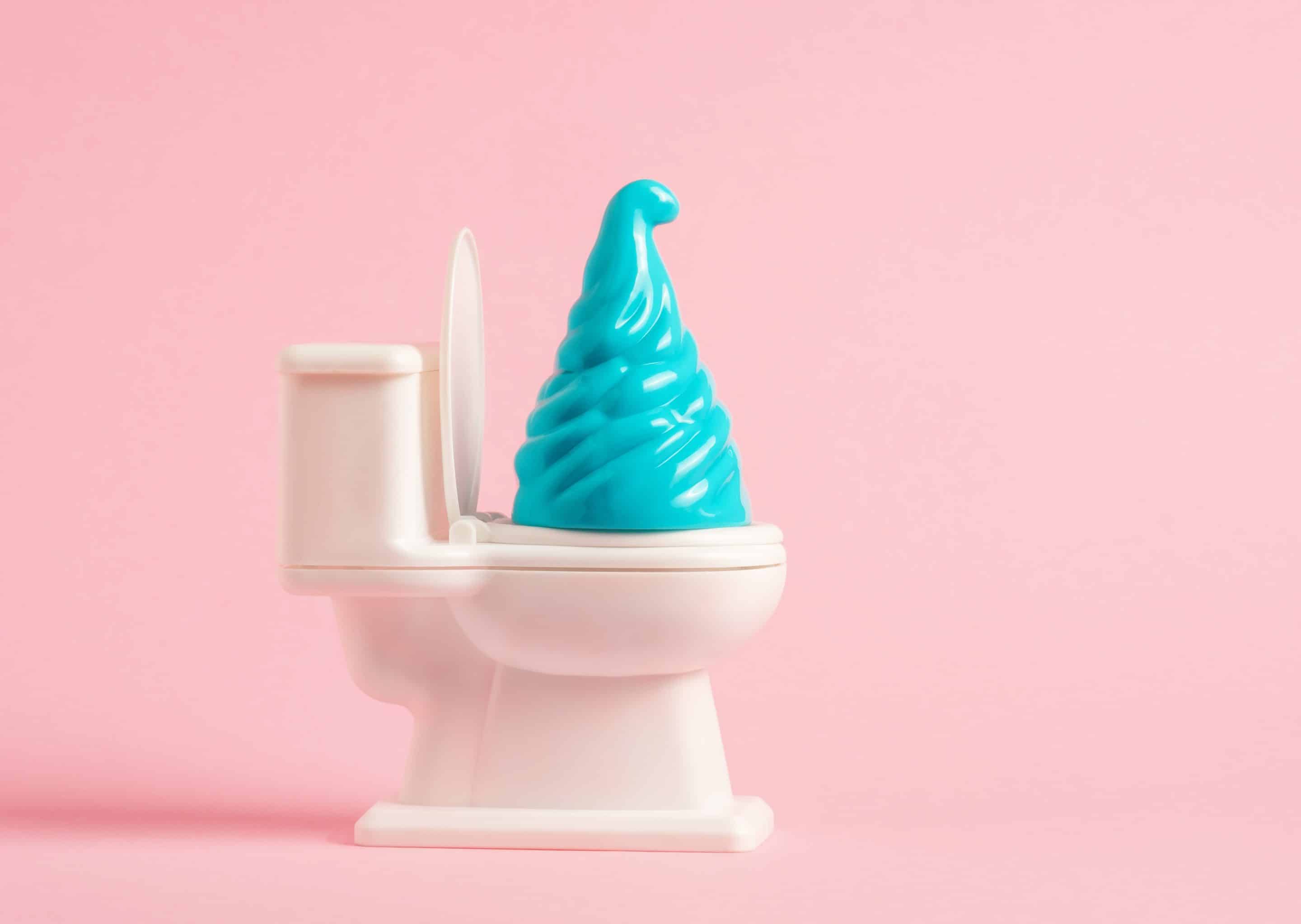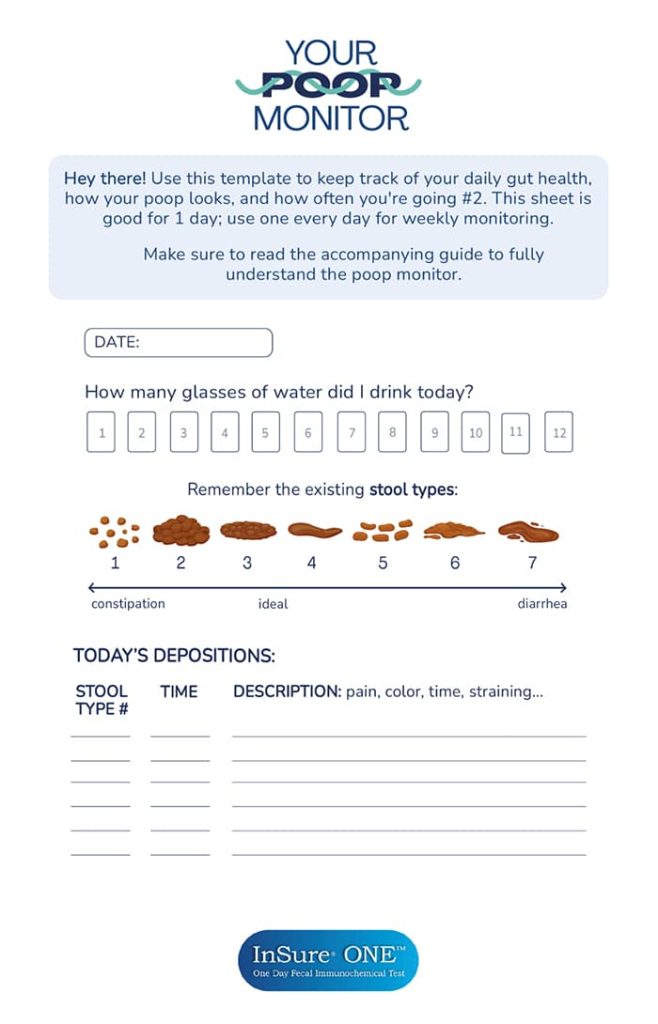Have you ever had a bathroom visit so satisfying it made your day? Unfortunately, not every trip is that rewarding. We’ve all experienced straining, pain, and discomfort, feeling the urge to go but being unable to. Instead of getting frustrated, consider adjusting your habits to improve your bathroom success and overall health.
Healthy bowel movements reduce bloating, enhance digestion, and boost energy. Your habits significantly impact your digestive health and bathroom experiences.
Don’t worry! To turn every bathroom trip into a triumphant moment, try incorporating these habits.
1. Put Down the Phone
It’s become a standard practice: when your stomach gives the warning, you grab your phone and head into the bathroom. There’s one major problem with using your phone while on the toilet, though: you will likely spend more time sitting on the toilet.
Spending more time on the toilet can lead to more straining and pressure on your anus and rectum, which could lead to hemorrhoids, anal fissures, or even rectal prolapse. Even if you aren’t straining while on the toilet, just sitting for an extended amount of time can cause these GI issues.
Missing Signals
Sitting on the toilet for too long may also cause your body to ignore its own signals. Do you know that feeling you get in your stomach when you have to poop? It comes from contractions of your gastrointestinal tract, which is how the stool is moved through the intestines to the rectum. Also known as peristalsis, these contractions are a crucial aspect of keeping stool moving through (and out) of the body.
We feel the contractions, and we know it’s time to head to the bathroom. However, if you sit on the toilet for too long without going to the bathroom, your body may stop recognizing these signals, which can then lead to constipation.
In short, it’s best to avoid being on your phone while you’re on the toilet. Instead, take the time to reflect on your day or even read a magazine. If you can’t part with your phone but find yourself staying in the bathroom for extended amounts of time, set a timer—after the timer goes off, the phone has to be put away and your time in the bathroom wrapped up.
2. Find Your Perfect Poop Position
At a young age, we all learned to sit on the toilet to go to the bathroom, but what if this isn’t the only, or even the best, position for pooping?
When you sit on the toilet with your feet flat on the ground and your back straight, your torso and legs form a 90-degree angle, which can cause your intestines to be pinched and blocked. The result of this is a harder time eliminating the stool from your body.
When pooping, we want to see narrower angles, not perfect corners.
Ideally, you want to reduce the angle between your thighs and abdomen and make it as small as possible by leaning forward. At the same time, you want your knees to be above your hips, which you can do by leaning on the balls of your feet, placing your feet on top of a rolled-up towel, or using a footstool to get that ideal angle.
It may seem like unnecessary work, but these adjustments help relax the muscle wrapping around the rectum, making it more straightforward for stool to leave the body.
3. Try Probiotics
Your gut is full of bacteria making up its microbiome, and they have crucial roles in digestion and nutrient absorption. However, if an imbalance disrupts your microbiome, it can affect your gut and cause problems such as constipation, diarrhea, and bloating.
You’ve likely heard of probiotics—live bacteria that replenish your gut microbiome and restore its balance. The good news is that you can find probiotics in certain foods and beverages, such as yogurt or kimchi. Probiotic supplements are also available, but be sure to check with your doctor before starting any to ensure they won’t interact with any other medications you take.
4. Never Hold It In
You may need to hold it in until you can find a bathroom, but continually holding in your poop can cause some serious problems, such as constipation, inflammation, or impaction. Additionally, if you continually hold in your poop, you may lose the urge to poop, which can result in an inability to hold in your poop at all.
Instead, listen to your body—if you get the urge to poop, don’t ignore it.
5. Check Your Poop Health
Sometimes, the experience of pooping can be less than pleasant, especially if there’s something lurking in the lower GI tract that we’re unaware of. But fear not! Monitoring your poop health can be a game-changer for your wellness, and there’s one habit you don’t want to skip: screening for hidden blood in your stool. Hidden blood in your stool can signal various health issues, from minor concerns to potentially serious conditions like colorectal cancer, ulcers, or gastrointestinal bleeding.
To screen for hidden blood, consider using InSure ONE, a convenient at-home test. InSure ONE is simple to use and requires collecting a sample of the water around your stool to analyze for hidden traces of blood.

